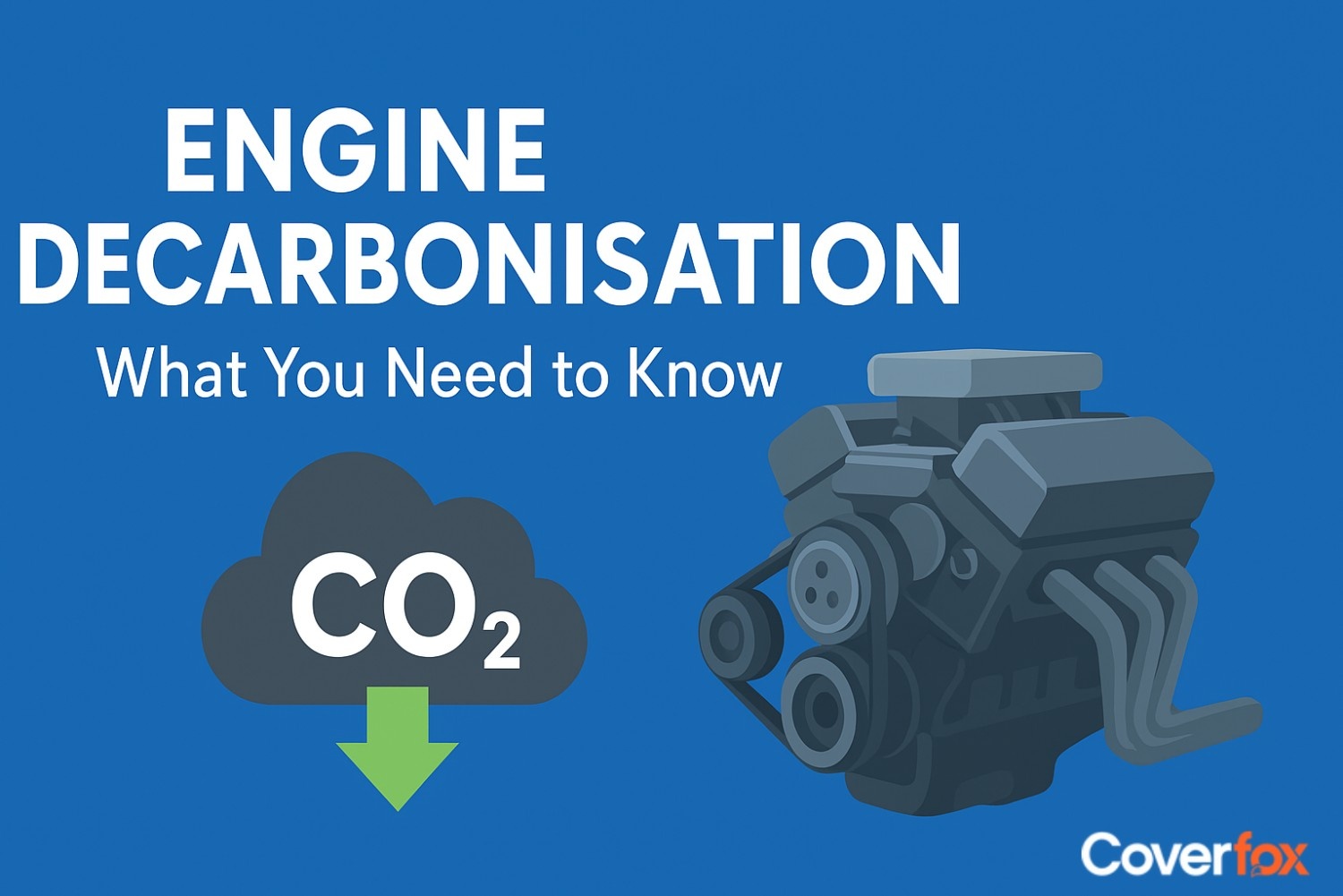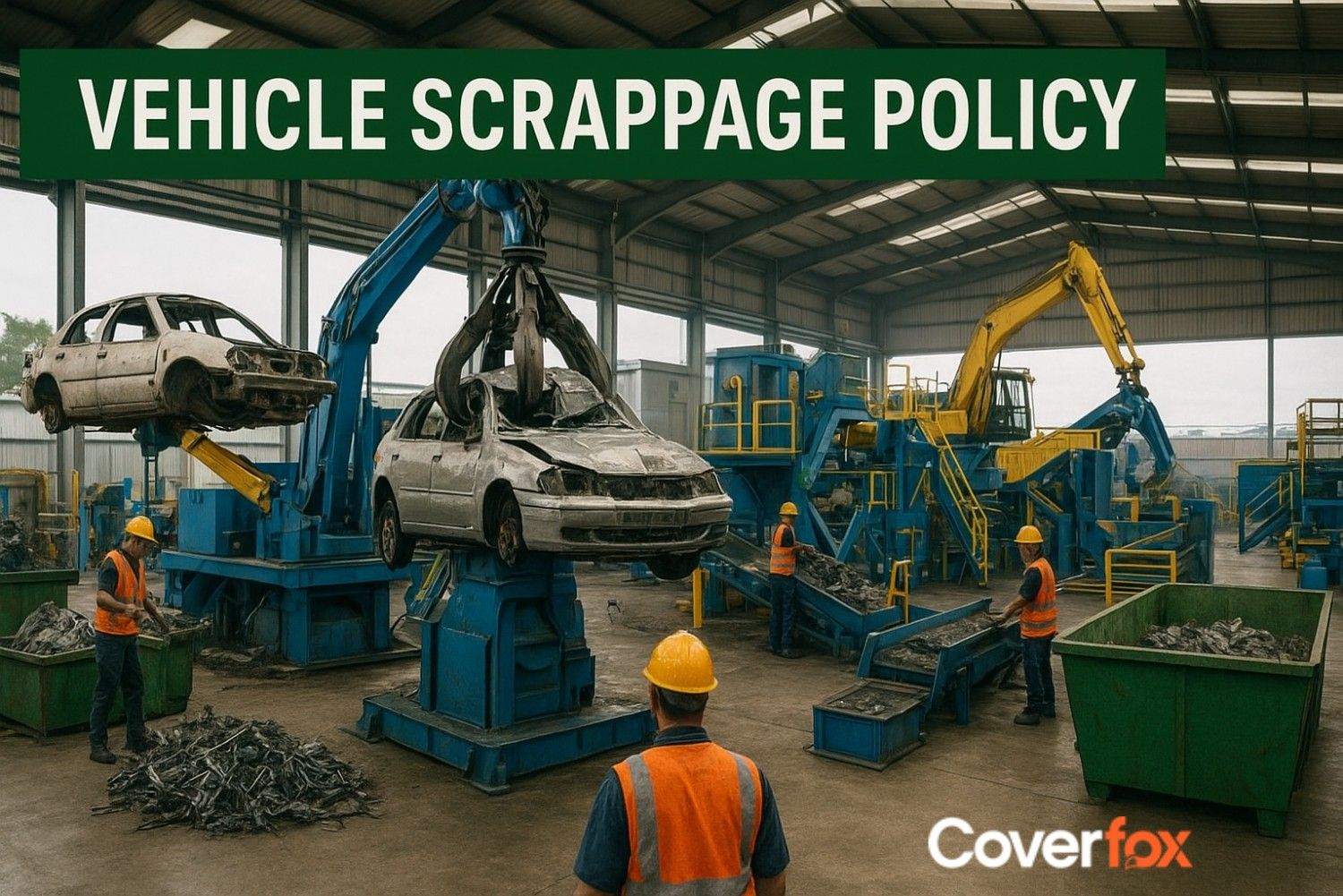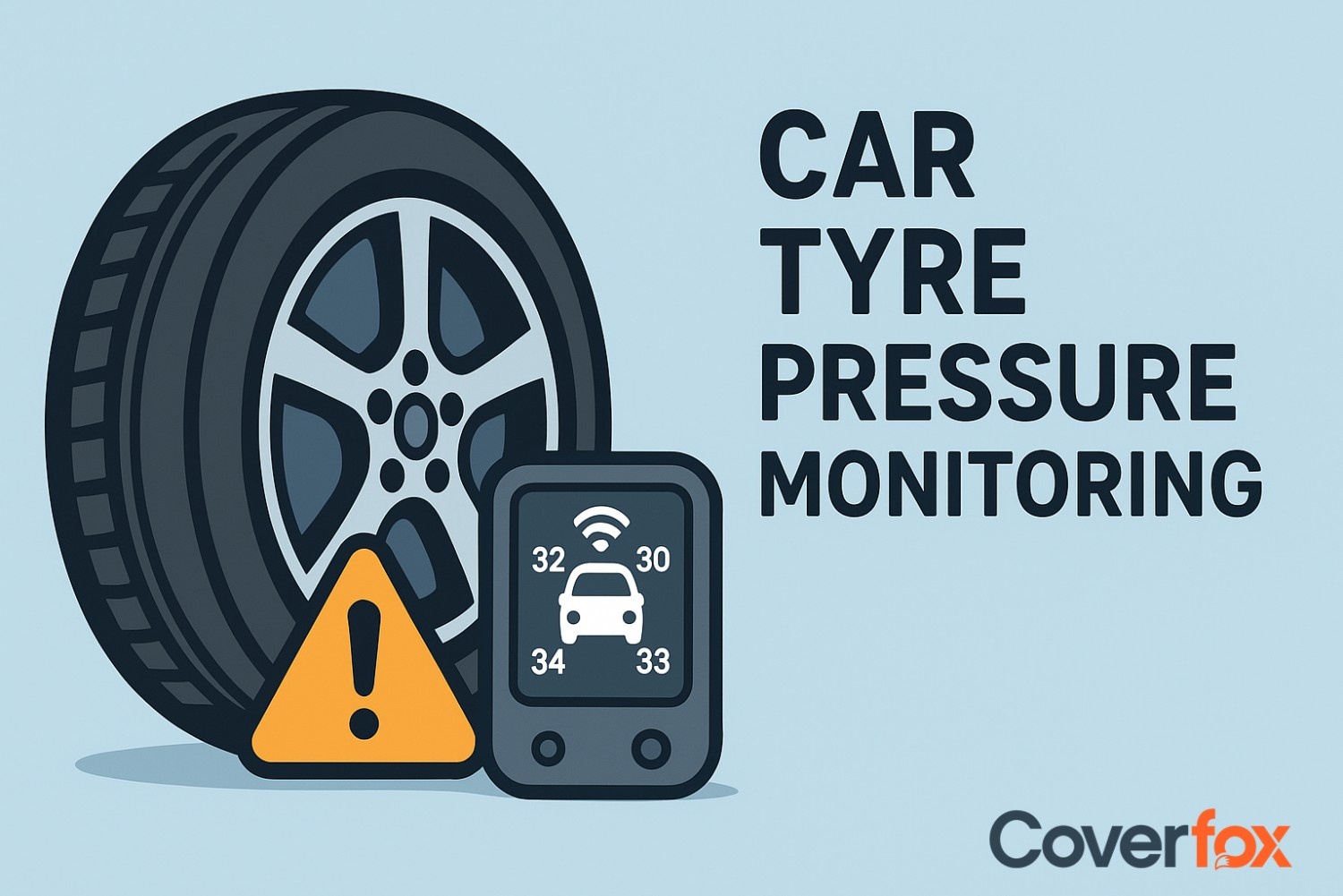Find out the signs of power steering failure, actions to take if it happens while driving, and prevention tips. When traveling, be cautious and organized!

Driving a car with power steering is a luxury that many of us take for granted. It makes maneuvering and turning the steering wheel effortless, allowing us to focus on the road ahead. But what happens when your car's power steering fails? It can be a scary and dangerous situation, especially if you're driving at high speeds or on a busy road.
In this article, we'll discuss the symptoms of power steering failure, what to do if your power steering fails while driving, and how to prevent it from happening in the future.
Symptoms of Power Steering Failure
Before we dive into what to do if your power steering fails, it's important to know the signs of a failing power steering system. Here are some common symptoms to look out for:
Difficulty Turning the Steering Wheel
The most obvious sign of power steering failure is difficulty turning the steering wheel. If you notice that it takes more effort to turn the wheel, or if it feels stiff or jerky, it could be a sign that your power steering is failing.
Whining or Squealing Noises
If you hear a whining or squealing noise when you turn the steering wheel, it could be a sign of low power steering fluid or a failing power steering pump. This noise may also be accompanied by difficulty turning the wheel.
Leaking Power Steering Fluid
Power steering fluid is essential for the proper functioning of your power steering system. If you notice a puddle of red or brown fluid under your car, it could be a sign of a leak in the power steering system.
Steering Wheel Vibrations
If your steering wheel vibrates or shakes while driving, it could be a sign of a failing power steering pump. This can also be caused by low power steering fluid or a loose belt.
What to Do if Your Power Steering Fails While Driving
If your power steering fails while driving, it's important to stay calm and follow these steps:
1. Don't Panic
The first thing to do if your power steering fails is to stay calm. Panicking can cause you to make rash decisions that could put you and others in danger. Take a deep breath and focus on safely getting your car off the road.
2. Use Your Brakes
Without power steering, it will be more difficult to turn the steering wheel, but your brakes will still work. Use your brakes to slow down and pull over to the side of the road.
3. Turn on Your Hazard Lights
Once you've safely pulled over, turn on your hazard lights to alert other drivers that your car is not functioning properly.
4. Check the Power Steering Fluid
If you feel comfortable doing so, check the power steering fluid level. If it's low, you can try adding more fluid to see if that resolves the issue. However, if the fluid is leaking, it's best to call for roadside assistance.
5. Call for Roadside Assistance
If you're unable to fix the issue yourself, it's best to call for roadside assistance. Most insurance companies offer roadside assistance services (RSA) as part of their coverage, so be sure to check with your insurance company to see if you have this service. Roadside assistance can help tow your car to a mechanic or provide a temporary fix to get you back on the road. It's always a good idea to have the contact information for roadside assistance handy in case of emergencies.
How to Prevent Power Steering Failure
While power steering failure can happen unexpectedly, there are some steps you can take to prevent it from happening in the first place.
Regular Maintenance
The best way to prevent power steering failure is to keep up with regular maintenance. This includes checking and replacing the power steering fluid as needed, as well as getting your car serviced according to the manufacturer's recommendations.
Check for Leaks
Regularly check your car for any signs of power steering fluid leaks. If you notice a leak, it's important to get it fixed as soon as possible to prevent further damage to the power steering system.
Avoid Overloading Your Car
Overloading your car with heavy cargo can put extra strain on the power steering system, causing it to fail. Be mindful of the weight limit for your car and avoid overloading it.
Compare Car Insurance Online
In the event of power steering failure, having the right car insurance can make all the difference. It's important to have coverage for roadside assistance and repairs in case of emergencies.
To ensure you have the best coverage at the best price, it's a good idea to compare car insurance online. This will allow you to see what different insurance companies offer and choose the one that best fits your needs and budget.
Real-Life Example: Power Steering Failure
One driver, Sarah, experienced power steering failure while driving on the highway. She noticed that the steering wheel was becoming increasingly difficult to turn, and then suddenly, it completely locked up.
Sarah was able to safely pull over to the side of the road and call for roadside assistance. The mechanic determined that the power steering pump had failed and needed to be replaced. Thanks to her roadside assistance coverage, Sarah was able to get her car towed to a nearby mechanic and have the power steering pump replaced at no extra cost.
Conclusion
Power steering failure can be a scary and dangerous situation, but knowing the signs and what to do can help you stay safe on the road. Remember to stay calm, use your brakes, and call for roadside assistance if needed. To prevent power steering failure, be sure to keep up with regular maintenance and check for leaks. And don't forget to compare car insurance online to ensure you have the best coverage in case of emergencies.





